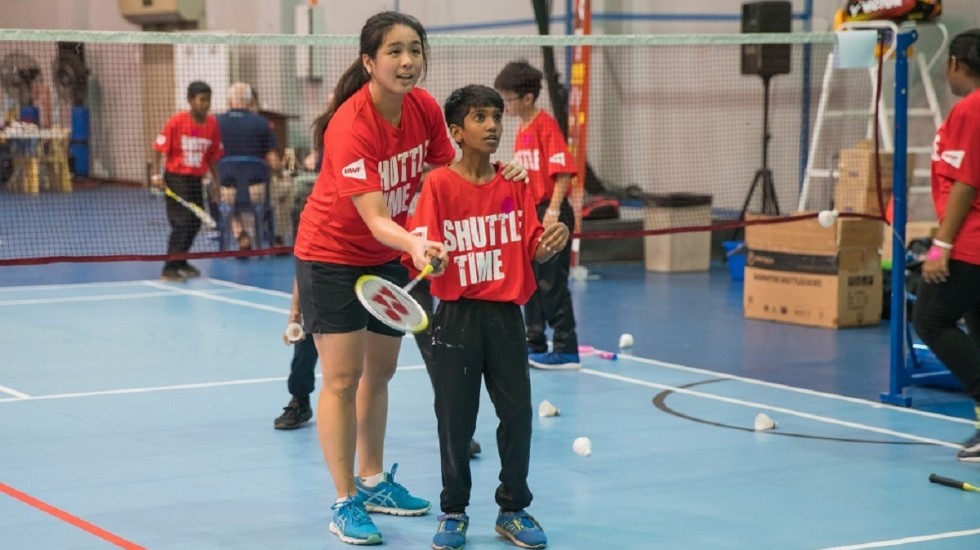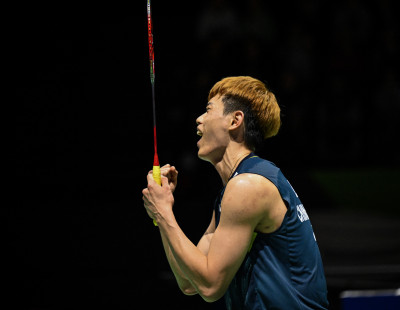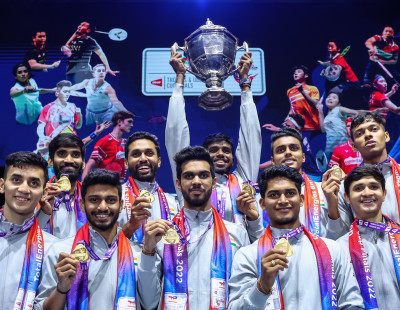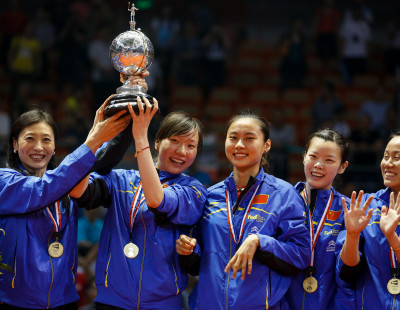On Sunday, the Badminton World Federation (BWF) and the National Badminton Federation of Russia (NBFR) revealed the results of its Badminton Against Myopia Project during a presentation at the BWF World Junior Championships in Kazan, Russia.
The Badminton Against Myopia Project began in 2013 with the aim of reducing the number of school-age children that suffer from or are at risk of myopic eye disease globally.
Following extensive research conducted by the Helmholtz Moscow Research Institute of Eye Diseases, the BWF and NBFR can now announce that for the first time scientists have identified that regular badminton participation does have a positive impact on the functional capacity of the visual organ.
The report also indicates that badminton could be used to not only reduce the risk of myopia in children but treat one of the most common types of myopia – pseudo myopia or false myopia.
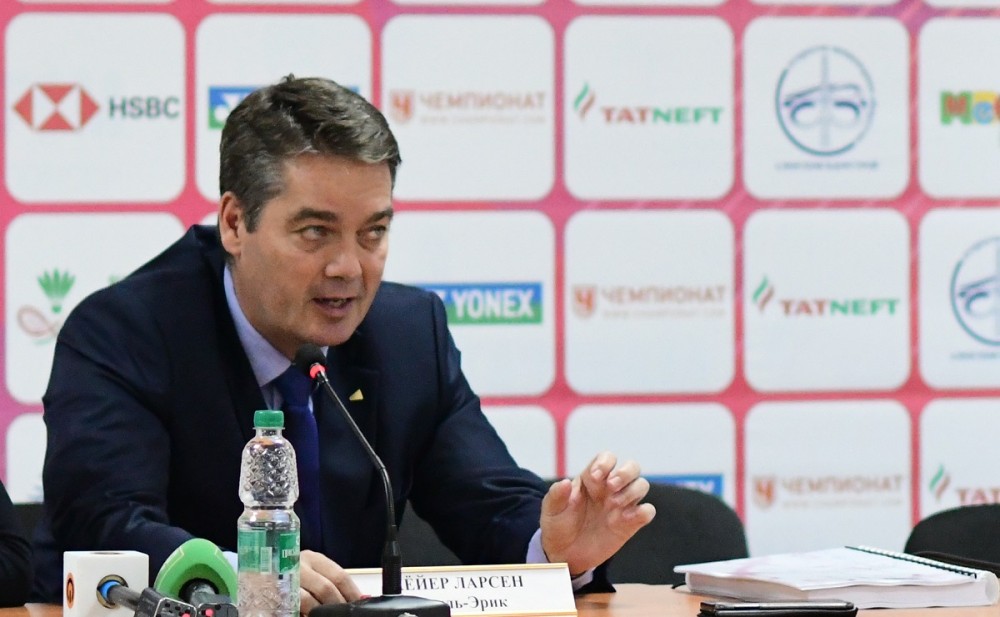
BWF President Poul-Erik Høyer speaks about the results of its Badminton Against Myopia Project during a presentation at the BWF World Junior Championships in Kazan, Russia.
BWF President Poul-Erik Høyer told the badminton community on Sunday that this was a tremendous outcome for the project given that a quarter of today’s global population suffers from myopia, with that figure expected to double by 2050.
“This has been something close to my heart, and the hearts of the BWF and the NBFR for the last six years and we consider these results extremely promising for badminton development,” he said.
“The goal of the Badminton Against Myopia Project was to contribute to the control of progressive myopia, a disease that has grown so drastically in our contemporary societies.
“These results now vindicate the view that regular badminton could reduce the risk of myopia in children.
“A big thank you to the National Badminton Federation of Russia and President Sergey Shakhray for their great leadership in developing this research project.”
The Helmholtz Moscow Research Institute of Eye Diseases began the study in 2013 with the objective of identifying any potential benefits of badminton for the prevention and treatment of myopia.
The survey observed Moscow school children aged seven to 11 years who engaged in systematic badminton activities over a period of 18 months.
Researchers reliably proved the high efficiency of playing regular badminton in treating pseudo myopia with further evidence indicating false myopia could even disappear altogether after regular badminton play.

There are 300 million active badminton players worldwide.
President Shakhray said that badminton should now become a new recommended strategy for the treatment of myopia in children.
“At the moment we have medical treatments, laser therapy, and conservative treatments. Badminton is the new fourth strategy and should be included in everyday practice at all levels, from kindergarten to university,” he said.
President Høyer noted there were considerable participation advantages to this as well and added that the lessons learned in Russia could pave the way for similar projects in other countries.
“We have seen how successful scientifically developed badminton activities have been in not only identifying the health benefits of the sport but laying the platform for increased participation.
“It’s clear this project has been successful in achieving its objectives and we look forward to the Badminton Against Myopia Project being integrated into more grassroots badminton programmes in Russia and around the world in the coming months.
“I hope this leads to an overall greater push of more children, playing more badminton in more places,” he concluded.


















